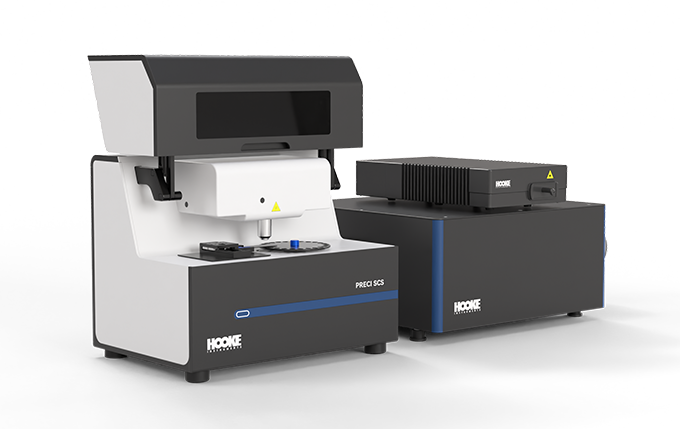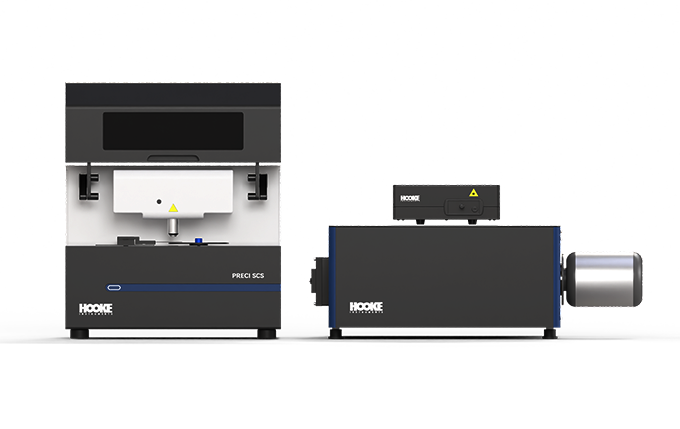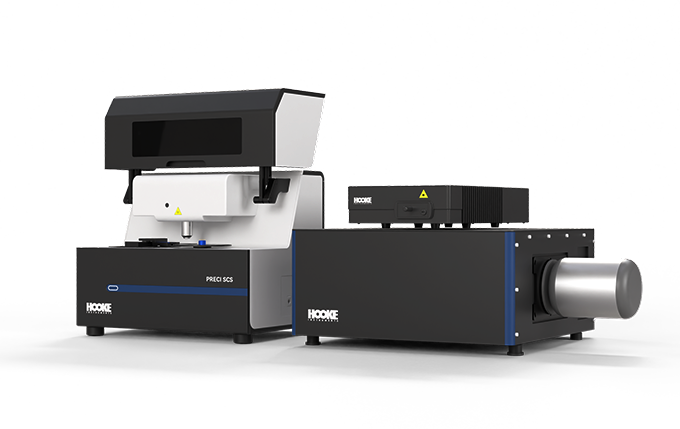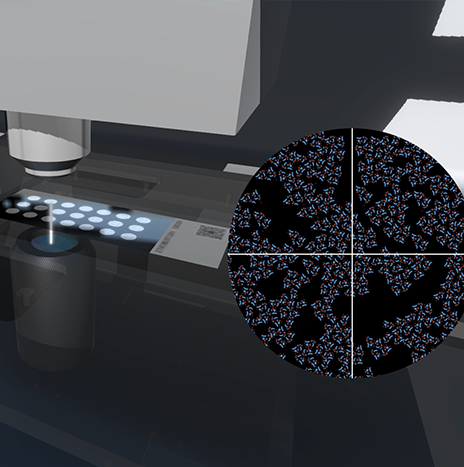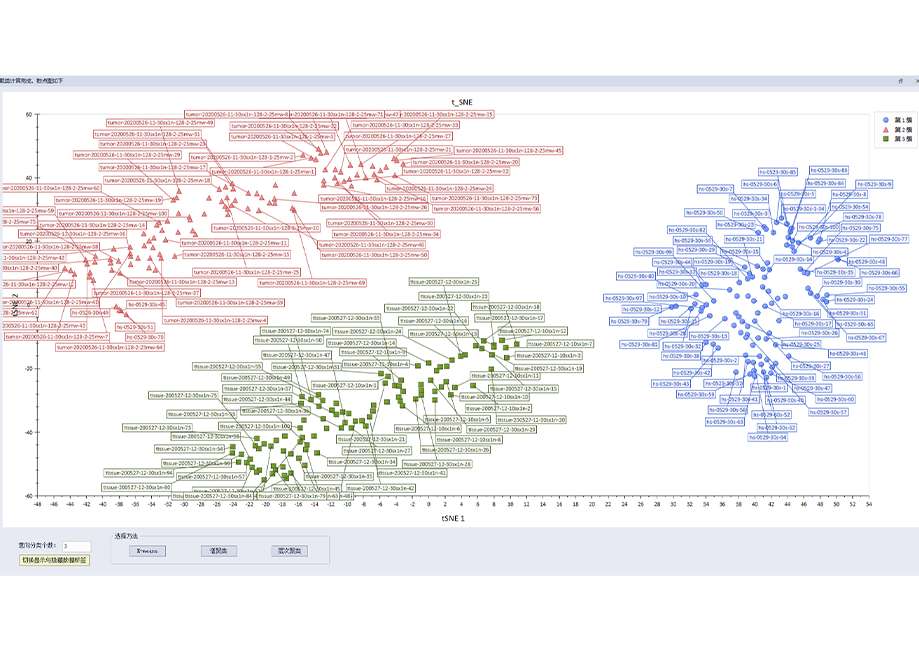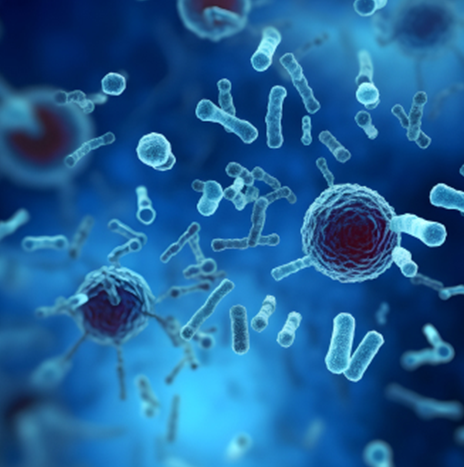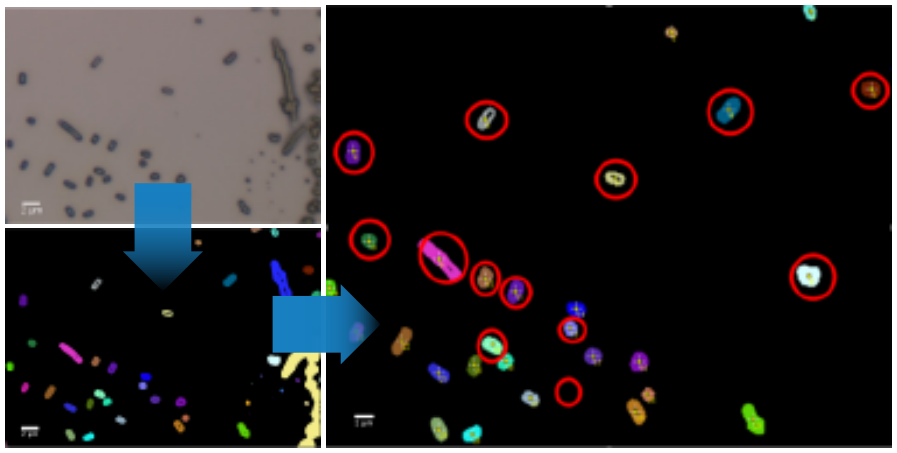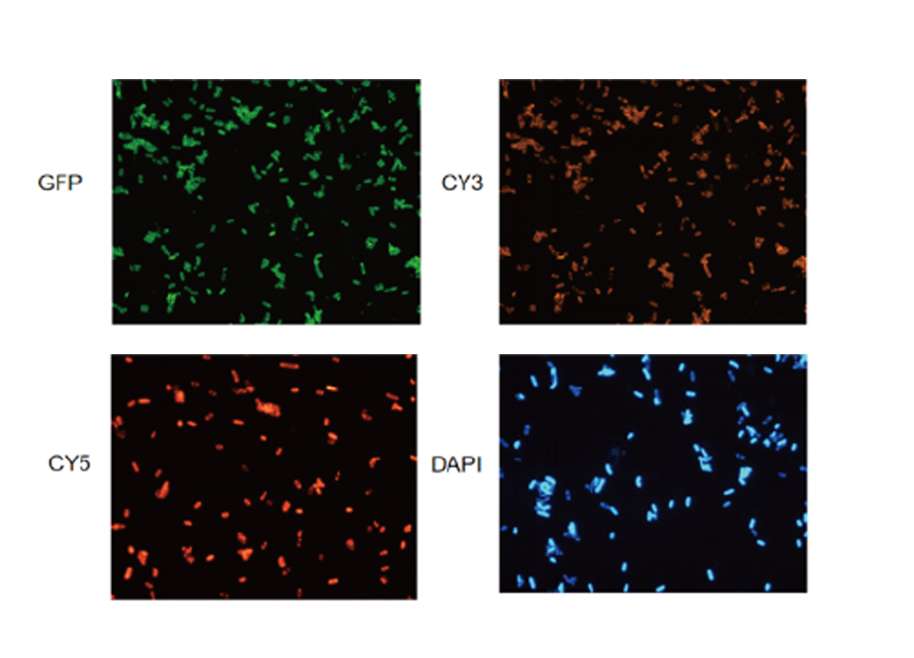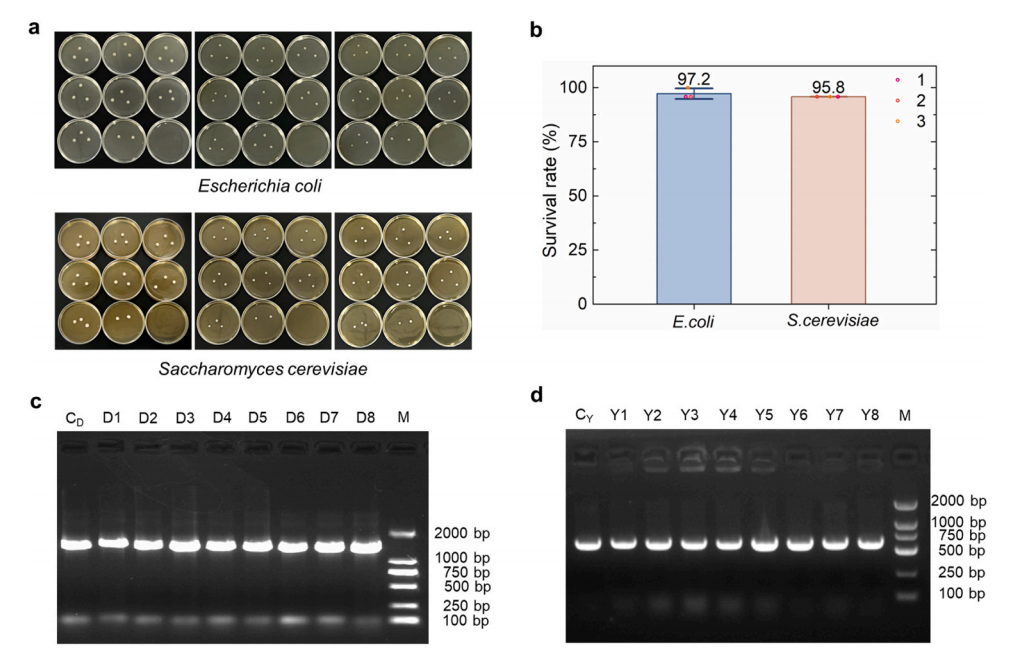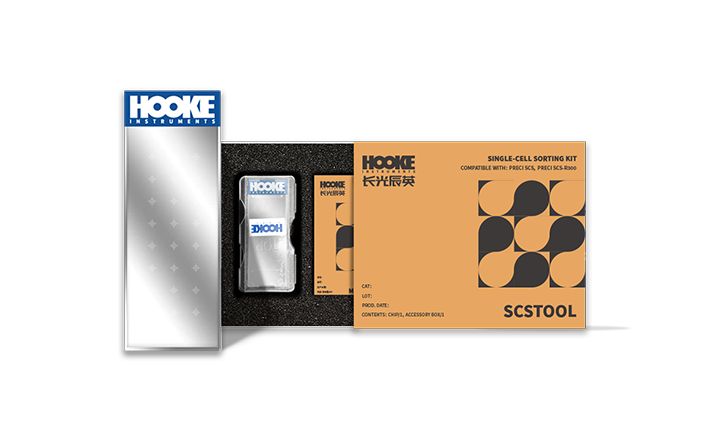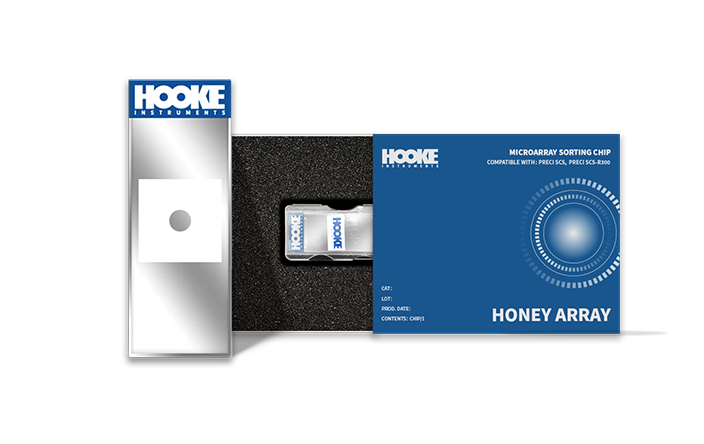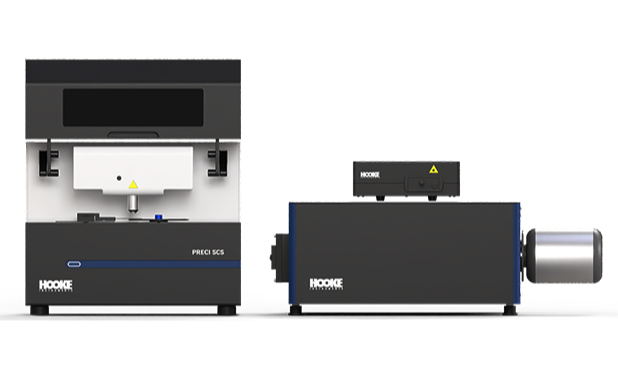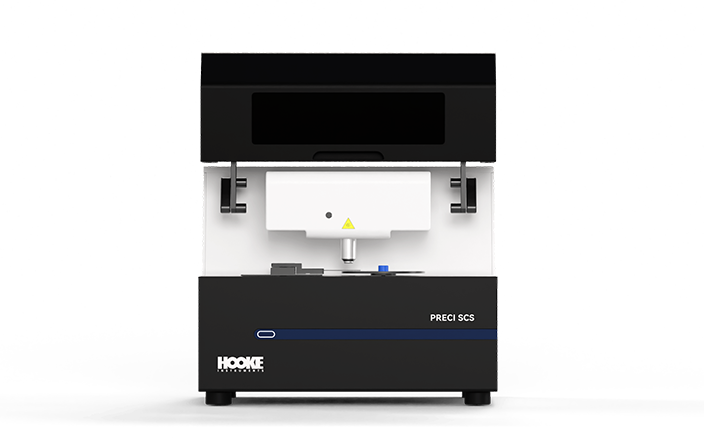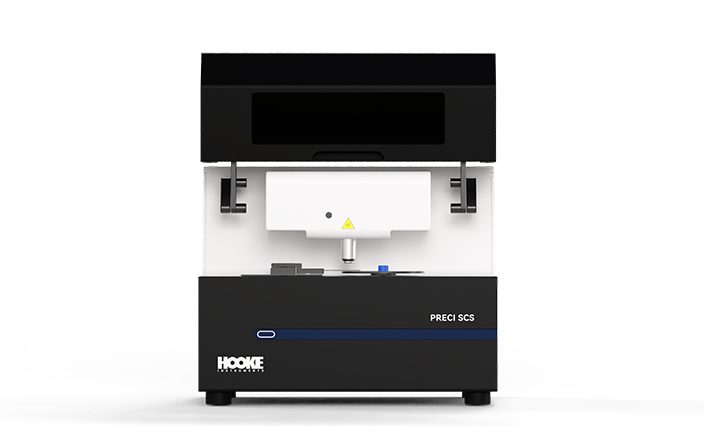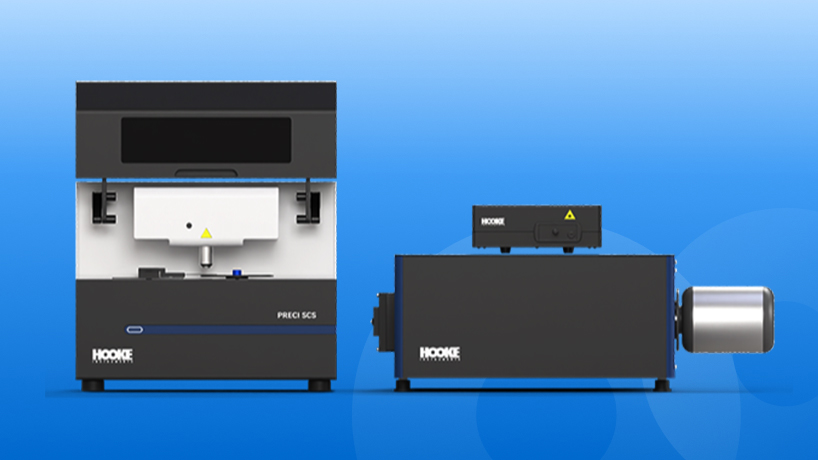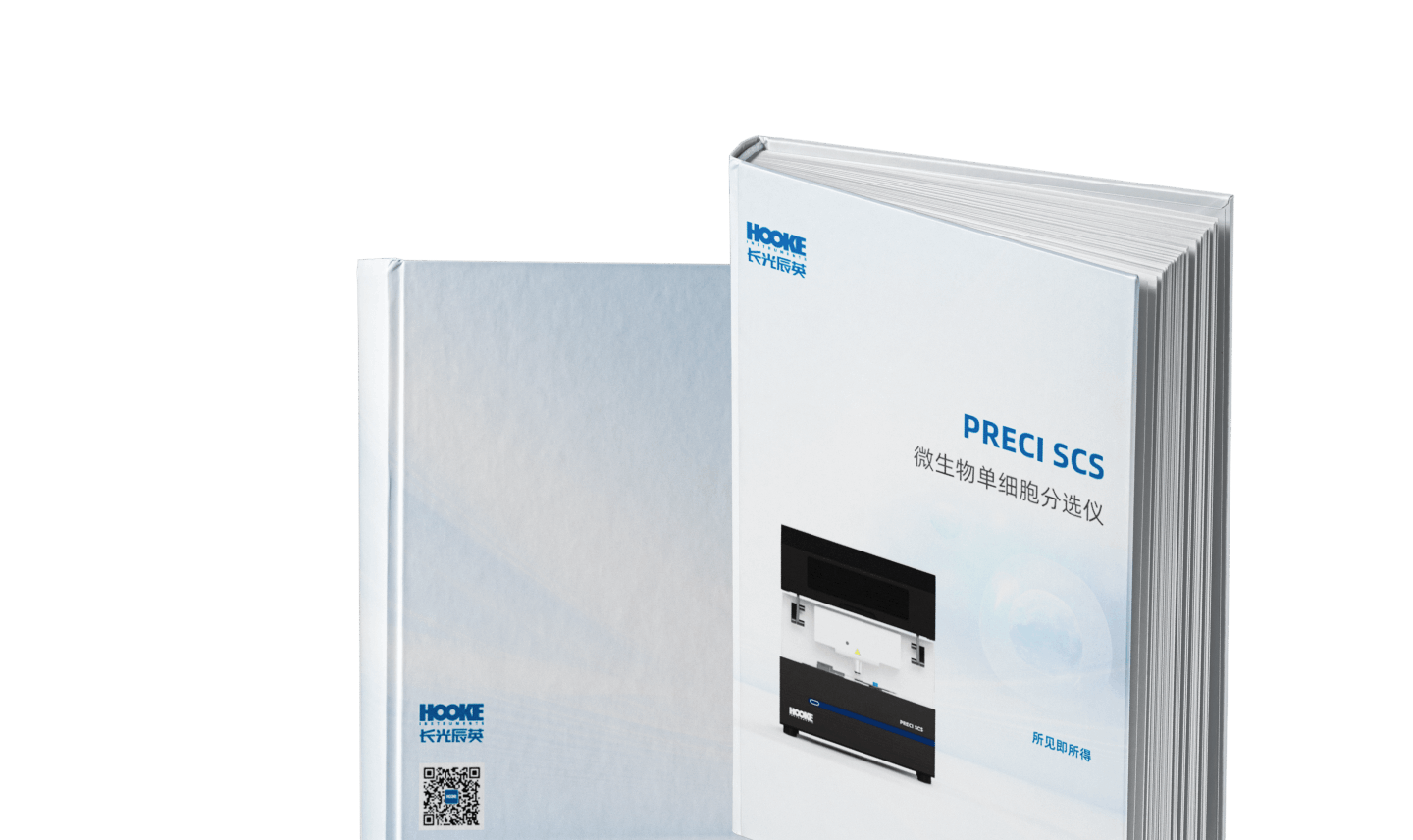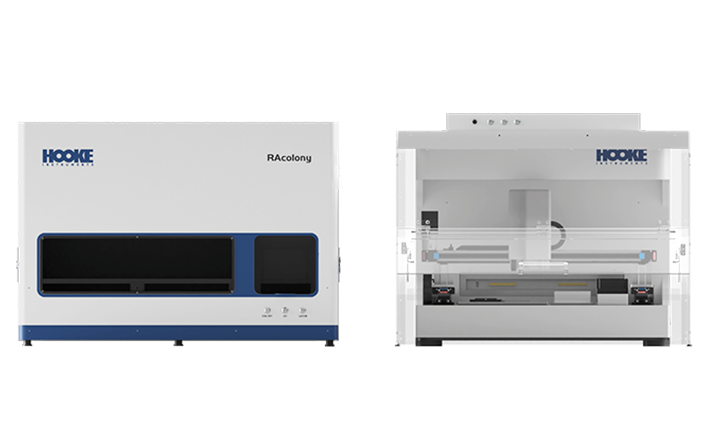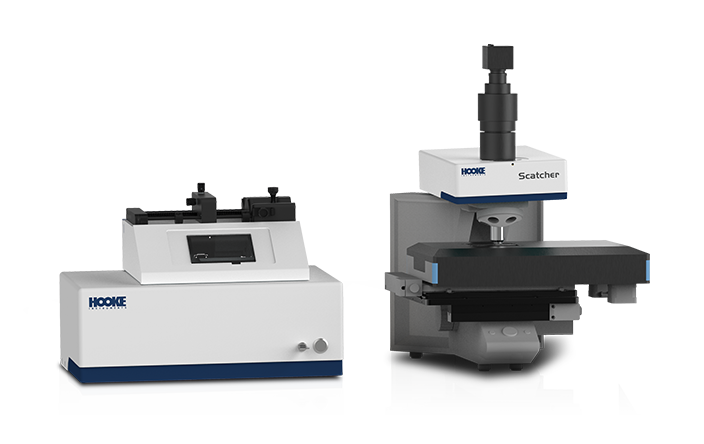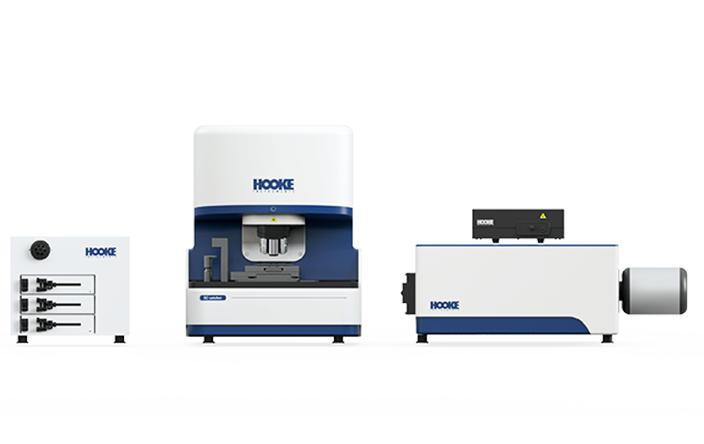PRECI SCS-R300
Raman Single-Cell Sorter
The PRECI SCS-R300 Raman Single-Cell Sorter is a cutting-edge device that integrates confocal Raman spectroscopy with a visual-guided single-cell sorting system. It identifies target microorganisms using Raman spectroscopy, enabling precise single-cell sequencing and culture. This innovative instrument bridges the gap between single-cell phenotypes and genotypes, offering new strategies for single-cell research across deverse fields. Furthermore, its Raman sorting technology can also be applied to the identification and isolation of microplastics and other micro-particles.
Brochures
Advantages
-
Visual-guided and Precise Single-Cell Sorting
With a 'what you see is what you get' approach, laser-induced forward transfer (LIFT) technology ensures high-precision sorting with a single-cell isolation success rate of over 99%, ultra-high-viability sorting with a post-sorting culture success rate of over 95%, thereby enabling downstream applications such as single-cell sequencing and culture.
-
Confocal Raman Spectroscopy System for Single-Cell Identification
The high-throughput confocal optical path design focuses on addressing the challenge of capturing weak biological signals.The instrument is equipped wiht multi-dimensional spectral calibration function, ensuring the reproducibility of Raman data. The intelligent spectral data analysis software integrates various biological Raman data analysis workflows.
-
Broad Sample Compatibility: Effectively Solving Microbial Single-Cell Screening Challenges
Our system enables the sorting of cells with diverse sizes and morphologies within a single experiment. It requires ultra-low sample amount, for just 0.5 µL. This solution is not affected by impurity interference, making it suitable for samples from various complex environments, including soil, water, sediment, gut, feces, and sputum.
-
Highly Automated Workflow, Easy to Learn and Use
Our system integrates a variety of advanced functions, including autofocus, continuous multi-field image acquisition, automactic image tiling and stitching, intelligent visual-guided single-cell identification, one-click automatic single-cell localization and sorting, intelligent data analysis with one-click report export and fully automated cell retrieval. It significantly reduces experimental workload and greatly enhance research efficiency.
-
Multiple Models with Excellent Expansion Capability
The instrument can be equipped with a fluorescence module, enabling multi-modal single-cell phenotypic detection and identification, thereby expanding its application scenarios. It can be installed in biosafety cabinets, anaerobic chambers and laminar flow hoods to better meet the needs of different applications.
-
Comprehensive Solution for Microbial Single-Cell Analysis
We offer a complete experimental workflow and technical solution, including sample preparation, intelligent single-cell morphological recognition, single-cell Raman spectroscopy acquasition and analysis, visual-guided and precise single-cell isolation, single-cell whole-genome amplification and sequencing, single-cell culture, single-cell mass spectrometry, and more.
Working Principle
Laser-induced forward transfer (LIFT) is a technique that uses a pulsed laser beam as the driving force to project cells from a chip with donor thin film toward the receiving collector. The contact-free sorting process enables precise and visual-guided single-cell isolation.
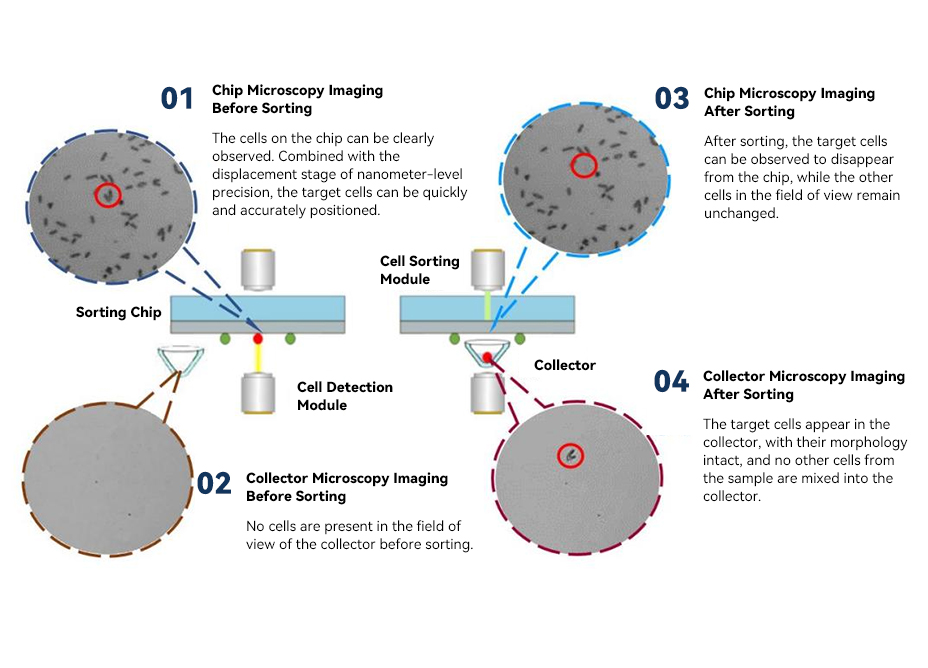
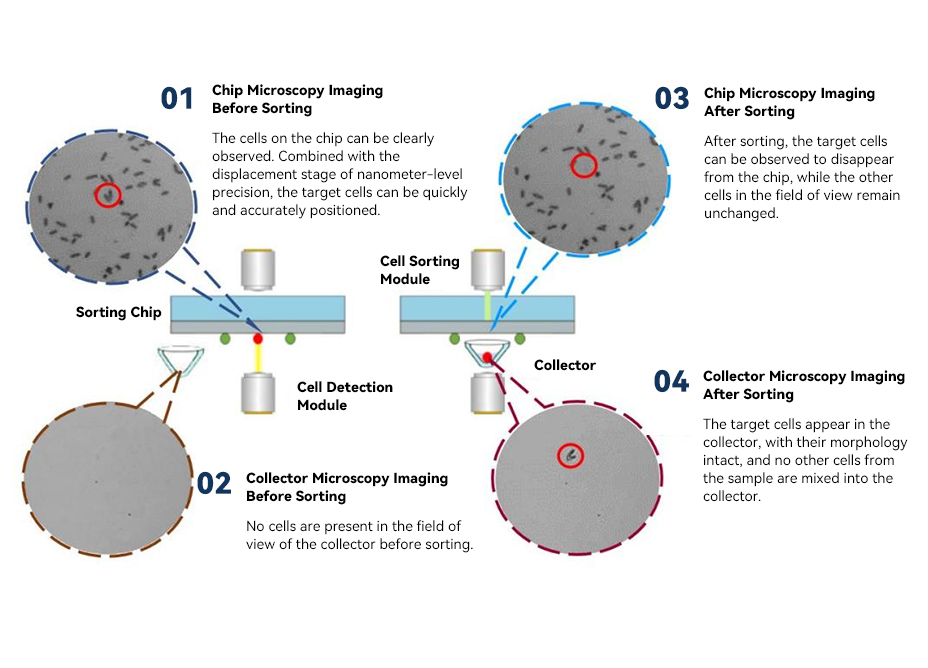
Applications
-
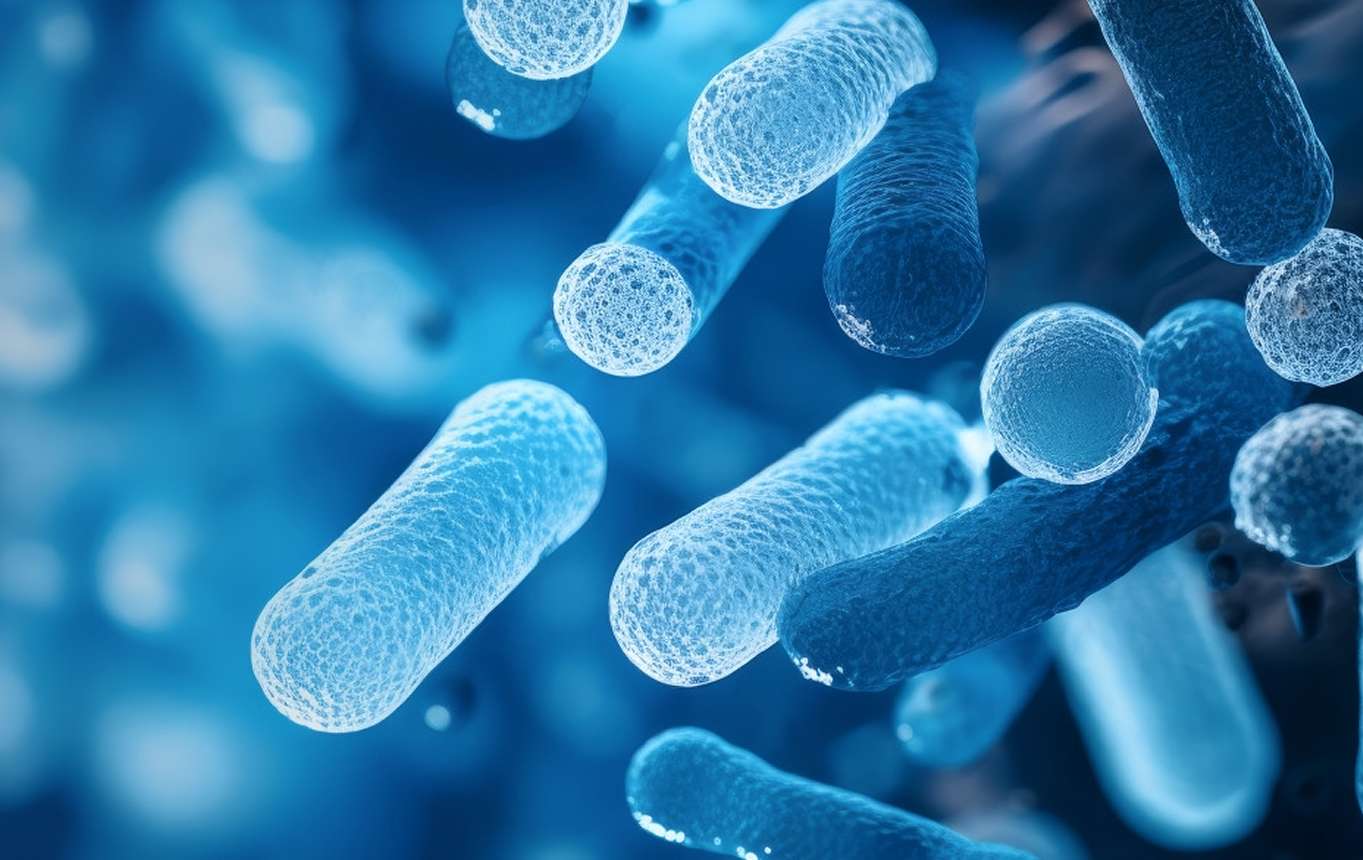 Microbiology
MicrobiologyAddressing the research challenge of uncultured microorganisms through a multidimensional and multiscale research platform.
-
 Microecological Medicines
Microecological MedicinesEfficient colony de-replication screening and rapid identification of functional bacteria accelerate advancements in microecological medicine.
-
 Medical Research
Medical ResearchPhenotypic detection combined with single-cell analysis enhances detection speed and accuracy, driving advancements in medical research.
-
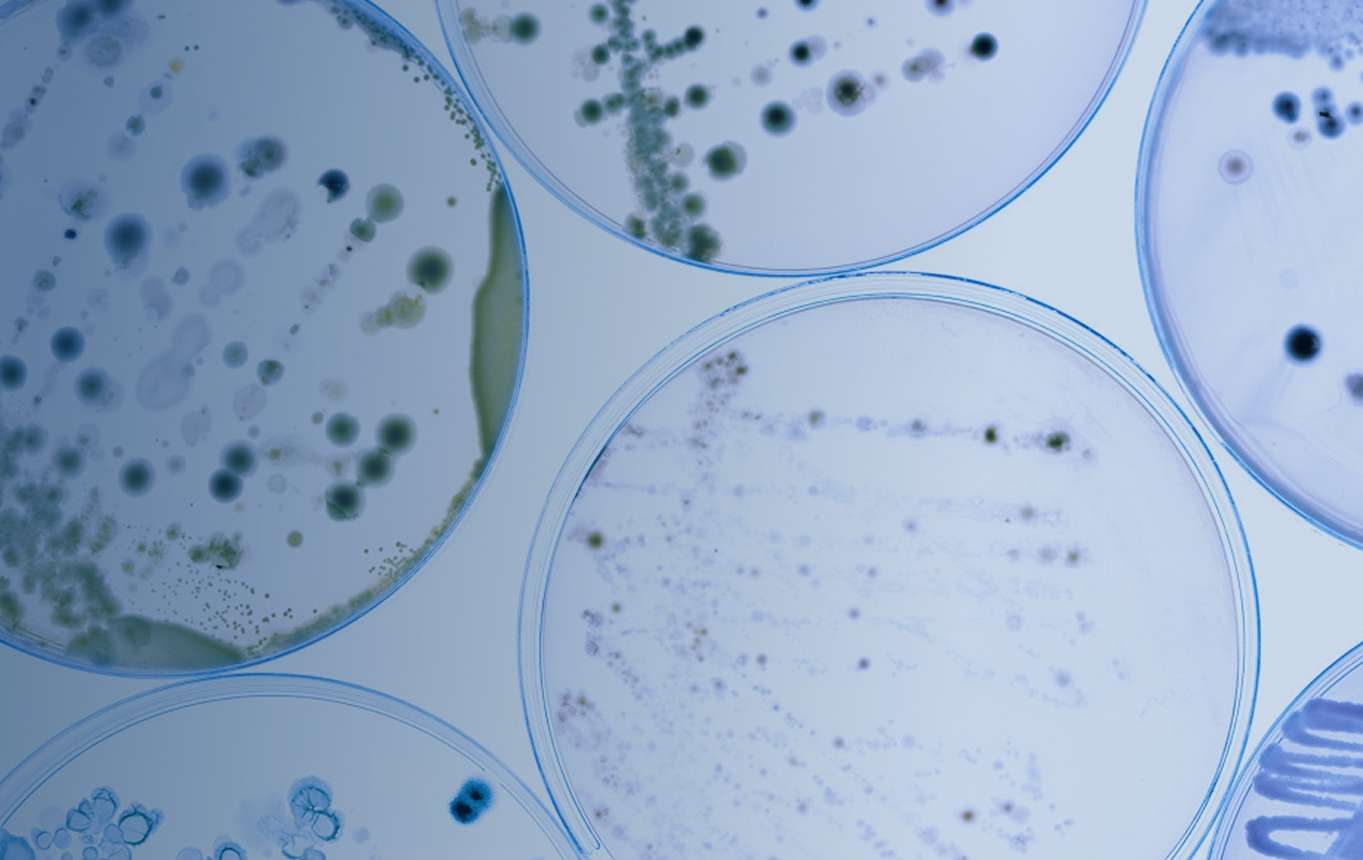 Fermentation Broth Testing
Fermentation Broth TestingThe integration of AI morphology analysis and Raman spectroscopy technology drives innovation in fermentation broth detection techniques.
-
 Microbiology
MicrobiologyAddressing the research challenge of uncultured microorganisms through a multidimensional and multiscale research platform.
-
 Microecological Medicines
Microecological MedicinesEfficient colony de-replication screening and rapid identification of functional bacteria accelerate advancements in microecological medicine.
-
 Medical Research
Medical ResearchPhenotypic detection combined with single-cell analysis enhances detection speed and accuracy, driving advancements in medical research.
-
 Fermentation Broth Testing
Fermentation Broth TestingThe integration of AI morphology analysis and Raman spectroscopy technology drives innovation in fermentation broth detection techniques.
Publications
-

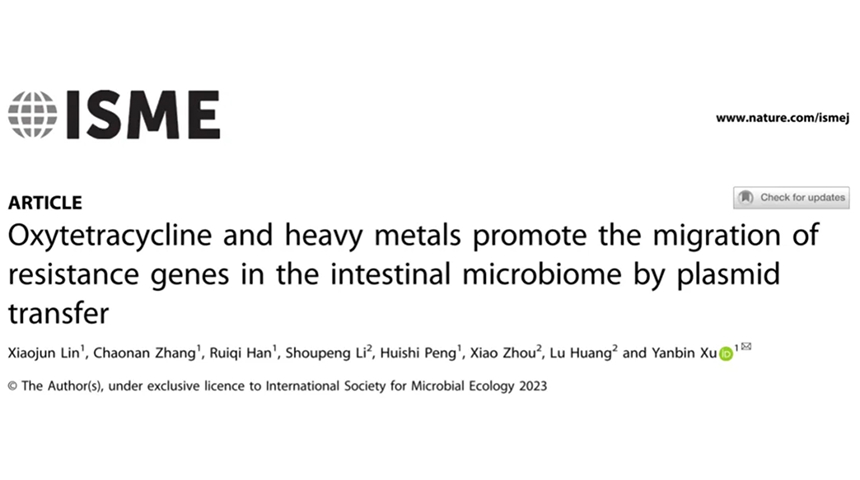 The ISME Journal丨Oxytetracycline and heavy metals promote the migration of resistance genes in the intestinal microbiome by plasmid transfer2024.04.10
The ISME Journal丨Oxytetracycline and heavy metals promote the migration of resistance genes in the intestinal microbiome by plasmid transfer2024.04.10 -

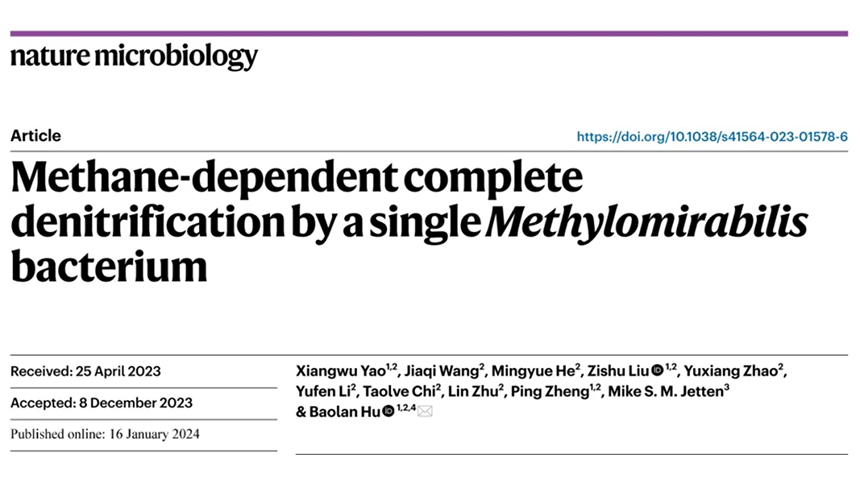 Nature Microbiology丨Methane-dependent complete denitrification by a single Methylomirabilis bacterium2024.03.08
Nature Microbiology丨Methane-dependent complete denitrification by a single Methylomirabilis bacterium2024.03.08 -

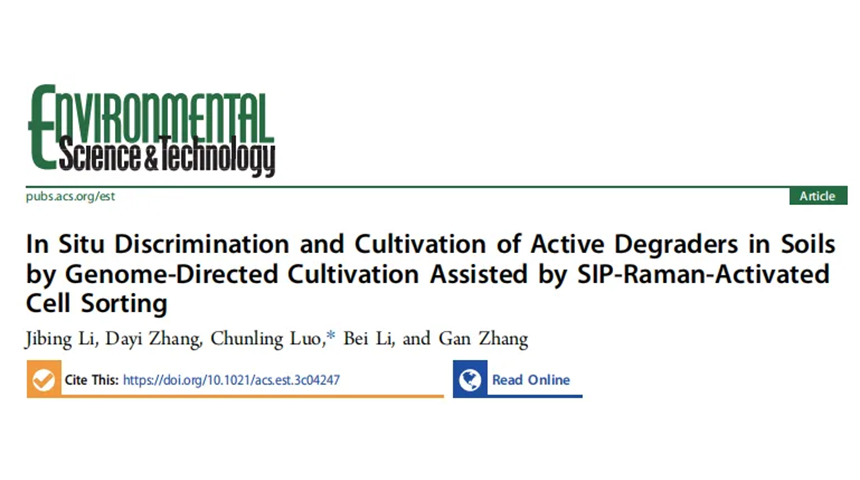 Environmental Science & Technology丨In Situ Discrimination and Cultivation of Active Degraders in Soils by Genome-Directed Cultivation Assisted by SIP-Raman-Activated Cell Sorting2023.12.27
Environmental Science & Technology丨In Situ Discrimination and Cultivation of Active Degraders in Soils by Genome-Directed Cultivation Assisted by SIP-Raman-Activated Cell Sorting2023.12.27 -

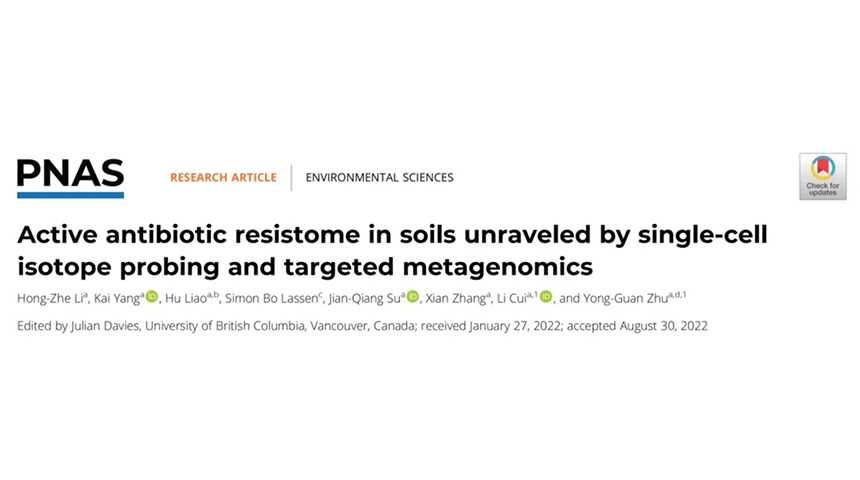 PNAS丨Active antibiotic resistome in soils unraveled by single-cell isotope probing and targeted metagenomics2022.09.28
PNAS丨Active antibiotic resistome in soils unraveled by single-cell isotope probing and targeted metagenomics2022.09.28
Model Comparison
-
Functional Parameter
-
Applicable Sample Types
-
Sortable Cell Types
-
Sortable Cell Size
-
Single-cell Yield
-
Single-cell Viability Rate
-
Minimum Loading Concentration
-
Morphological Identification
-
Microscope
-
Morphology Detection
-
Fluorescence Recognition
-
Fluorescence Channel
-
Fluorescent Detection
-
Raman Spectral iIdentification
-
Confocal Raman Spectrometer
-
Data Analysis
-
-
Samples such as soil, marine, sediment, feces, pure cultures, etc.
-
Bacteria, fungi, microalgae, mammalian cells, protoplasts, etc
-
0.5-20 μm
-
>99%
-
>95%
-
104 CFU/mL
-
-
-
Bright field microscope
-
Wide-field image stitching, autofocus, single-cell intelligent image recognition, morphological analysis, etc.
-
-
-
-
-
-
-
-
-
Spectral range:90-3600 cm-1
Spectral resolution:≤3 cm-1
SNR:≥30:1
Built-in multi-dimensional spectral calibration system -
Single-spectrum processing, Multi-spectrum batch processing, Characteristic peak analysis, Cluster analysis, Classification analysis, etc.
-
-
-
-
Samples such as soil, marine, sediment, feces, pure cultures, etc.
-
Bacteria, fungi, microalgae, mammalian cells, protoplasts, etc
-
0.5-20 μm
-
>99%
-
>95%
-
104 CFU/mL
-
-
-
Bright field microscope
-
Wide-field image stitching, autofocus, single-cell intelligent image recognition, morphological analysis, etc.
-
-
-
-
-
-
-
-
-
-
-
-
-
-
-
-
-
Samples such as soil, marine, sediment, feces, pure cultures, etc.
-
Bacteria, fungi, microalgae, mammalian cells, protoplasts, etc
-
0.5-20 μm
-
>99%
-
>95%
-
104 CFU/mL
-
-
-
Bright field microscope
-
Wide-field image stitching, autofocus, single-cell intelligent image recognition, morphological analysis, etc.
-
-
-
3-channel fluorescence imaging: DAPI, GFP, Cy3,(additional wavelengths customizable)
-
Single-Cell Recognition Based on Fluorescence Intensity
-
-
-
-
-
-
-
-
-
Samples such as soil, marine, sediment, feces, pure cultures, etc.
-
Bacteria, fungi, microalgae, mammalian cells, protoplasts, etc
-
0.5-20 μm
-
>99%
-
>95%
-
104 CFU/mL
-
-
-
Bright field microscope
-
Wide-field image stitching, autofocus, single-cell intelligent image recognition, morphological analysis, etc.
-
-
-
3-channel fluorescence imaging: DAPI, GFP, Cy3,(additional wavelengths customizable)
-
Single-Cell Recognition Based on Fluorescence Intensity
-
-
-
Spectral range:90-3600 cm-1
Spectral resolution:≤3 cm-1
SNR:≥30:1
Built-in multi-dimensional spectral calibration system -
Single-spectrum processing, Multi-spectrum batch processing, Characteristic peak analysis, Cluster analysis, Classification analysis, etc.
View More




